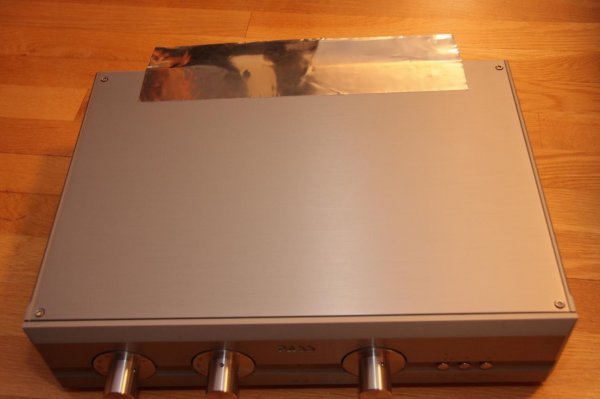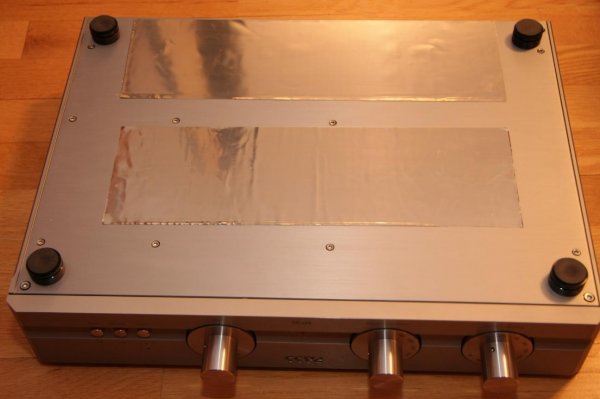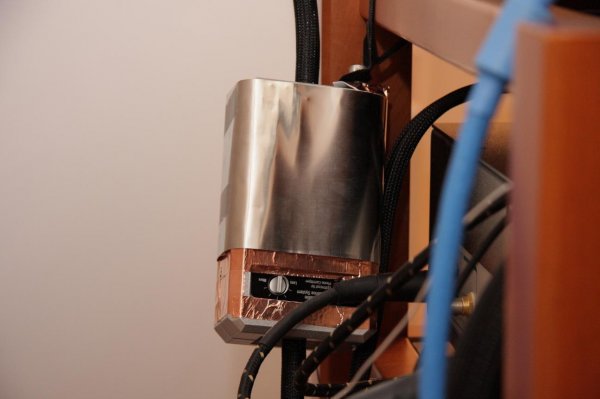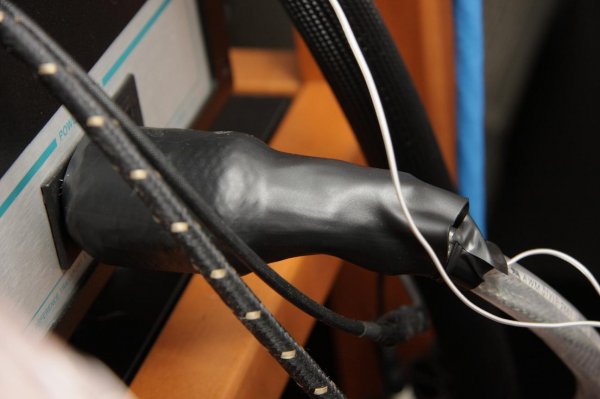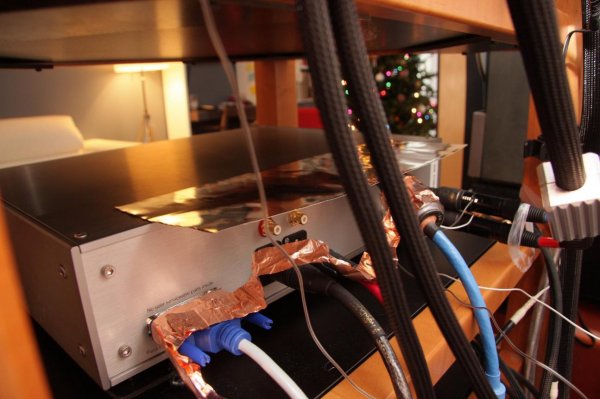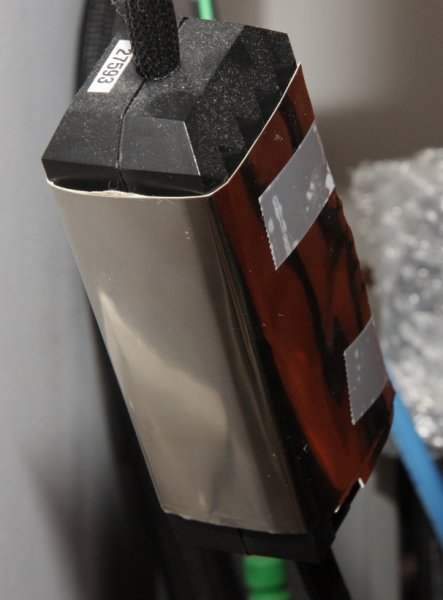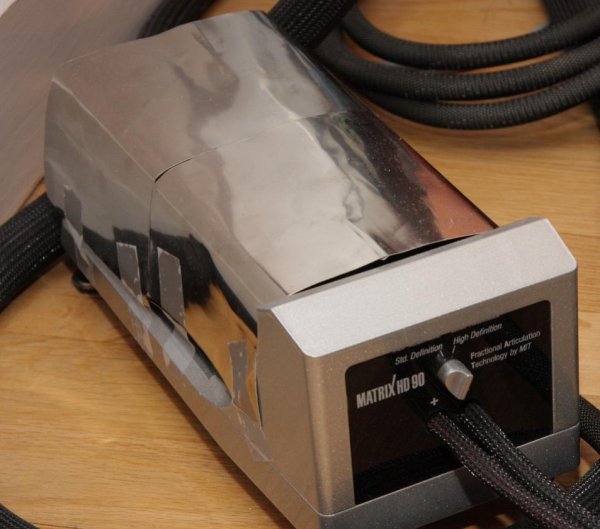Being OCD with all things audio, I have taken on a task to minimize or eliminate any residual hum in my Pass XP-25 (as rendered at max preamp gain) and have found a number of interesting things. For one, a lot of owners claim the XP-25 is very susceptible to magnetic fields, and place them as far away as possible from everything else; for another, Pass warns you to place the power supply unit far away from the amplification unit (some owners report no issues if it sits on the side); then, there is the whole different issue of hum picked up upstream by the arm, phono cable, etc; and finally, hum emitted by surrounding power cords, components and all other electronic devices.
Assuming one has properly star-grounded all components and properly grounded the analog chain, there are magnetic fields generated all over the place: from power supplies, to unshielded cords (or shielded cords with unshielded power connectors), even "mysterious" sources (see below). In my quest, I found two free relevant iPhone apps that are an eye opener in tracking down magnetic fields, and they both measure their strength in the X, Y and Z axes (I believe they just expose built-in functions in the phone):
1) https://itunes.apple.com/us/app/magnetometer/id342782714 - this will quickly tell you where the strong magnetic fields are, and it will show you a grand total in microTesla (see app's pics)
2) https://itunes.apple.com/us/app/sensor-kinetics/id579040333 - this one measures a lot of things, and also includes a magnetometer function, but it also graphs it - this is really important. If you happen to place your iphone over a power supply, you may just see the frequency fluctuations in all axes as a function of the change in the magnetic field strength. There will be no magnetic field leak if all axes converge on zero.
So here's what I found out in my system:
1) The Spectral amps are all "green" - this is really nice
2) The Spectral preamp's power supply area emits a "red" magnetic field, fairly high in intensity
3) The Spectral transport seems to have static magnetic fields in the back (ie. they exist even if not powered on)
4) The XP-25's power input section from its external power supply emits a "yellow" strength field - not sure what happens internally, though
5) The Alpha DAC is all "green" - consistent with my observations of its board layout and attention to noise attenuation throughout the unit
6) Now here is the most interesting thing of all, referring back to "mysterious" sources: the VPI's junction box (with or without a phono cable attached) - yes a passive component - emits a "red" field on the right channel area and a "yellow" one on the left.
7) I have posted before that the MIT MA-X phono cable's box appears to be acting as an antenna, and may not be extremely tight in its shielding
Before proceeding, let me repeat, I have no phono hum issues at high listening levels, I am just obsessing with what goes on at max preamp gain...
So #6 is really important to me and probably to other XP-25 owners as well, because most claim that the right channel has more noise than the left! In fact, with nothing connected to the XP-25, noise is exactly the same on both channels; it's only when you connect everything that the right channel all of a sudden has more hum than the left. The source, however, would appear to be nothing more than the VPI itself in my case.
The attack plan is to install mumetal (on order) where appropriate, to deviate unwanted magnetic fields away from the analog chain... and I have no idea what to do about the "magnetic" VPI junction box, other than attempt to demagnetize it.
Assuming one has properly star-grounded all components and properly grounded the analog chain, there are magnetic fields generated all over the place: from power supplies, to unshielded cords (or shielded cords with unshielded power connectors), even "mysterious" sources (see below). In my quest, I found two free relevant iPhone apps that are an eye opener in tracking down magnetic fields, and they both measure their strength in the X, Y and Z axes (I believe they just expose built-in functions in the phone):
1) https://itunes.apple.com/us/app/magnetometer/id342782714 - this will quickly tell you where the strong magnetic fields are, and it will show you a grand total in microTesla (see app's pics)
2) https://itunes.apple.com/us/app/sensor-kinetics/id579040333 - this one measures a lot of things, and also includes a magnetometer function, but it also graphs it - this is really important. If you happen to place your iphone over a power supply, you may just see the frequency fluctuations in all axes as a function of the change in the magnetic field strength. There will be no magnetic field leak if all axes converge on zero.
So here's what I found out in my system:
1) The Spectral amps are all "green" - this is really nice
2) The Spectral preamp's power supply area emits a "red" magnetic field, fairly high in intensity
3) The Spectral transport seems to have static magnetic fields in the back (ie. they exist even if not powered on)
4) The XP-25's power input section from its external power supply emits a "yellow" strength field - not sure what happens internally, though
5) The Alpha DAC is all "green" - consistent with my observations of its board layout and attention to noise attenuation throughout the unit
6) Now here is the most interesting thing of all, referring back to "mysterious" sources: the VPI's junction box (with or without a phono cable attached) - yes a passive component - emits a "red" field on the right channel area and a "yellow" one on the left.
7) I have posted before that the MIT MA-X phono cable's box appears to be acting as an antenna, and may not be extremely tight in its shielding
Before proceeding, let me repeat, I have no phono hum issues at high listening levels, I am just obsessing with what goes on at max preamp gain...
So #6 is really important to me and probably to other XP-25 owners as well, because most claim that the right channel has more noise than the left! In fact, with nothing connected to the XP-25, noise is exactly the same on both channels; it's only when you connect everything that the right channel all of a sudden has more hum than the left. The source, however, would appear to be nothing more than the VPI itself in my case.
The attack plan is to install mumetal (on order) where appropriate, to deviate unwanted magnetic fields away from the analog chain... and I have no idea what to do about the "magnetic" VPI junction box, other than attempt to demagnetize it.





